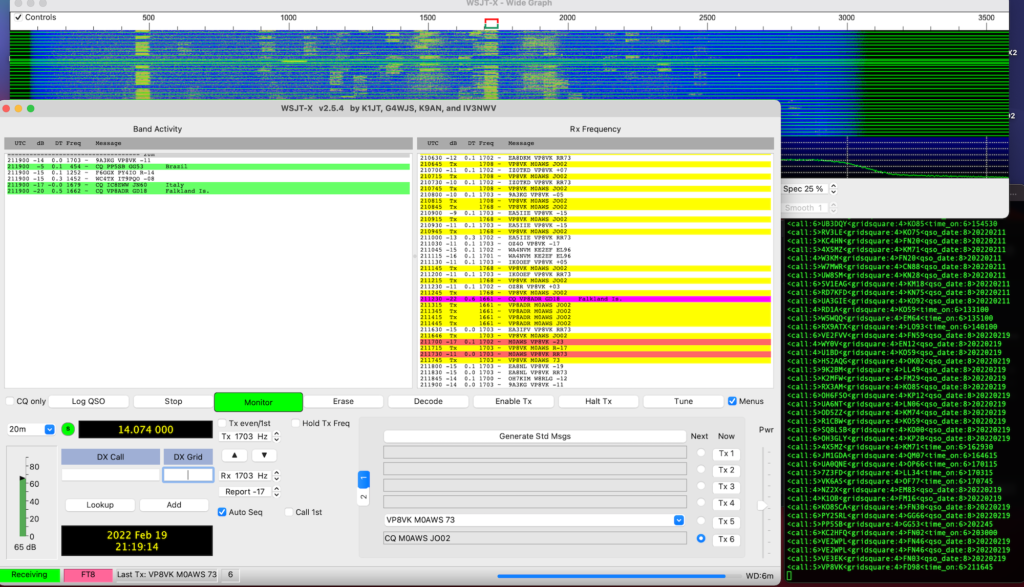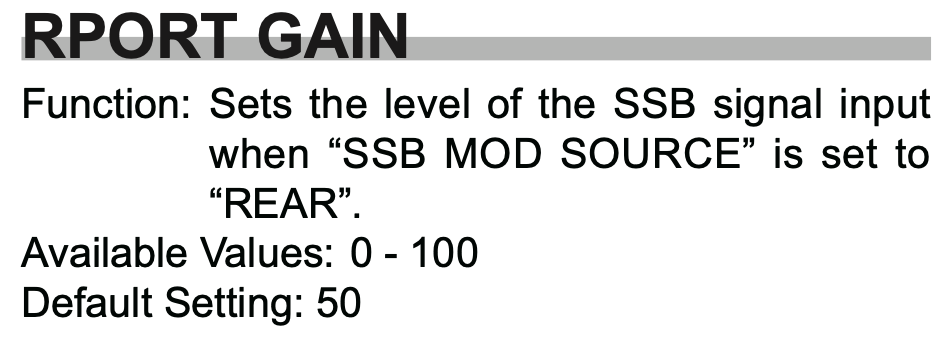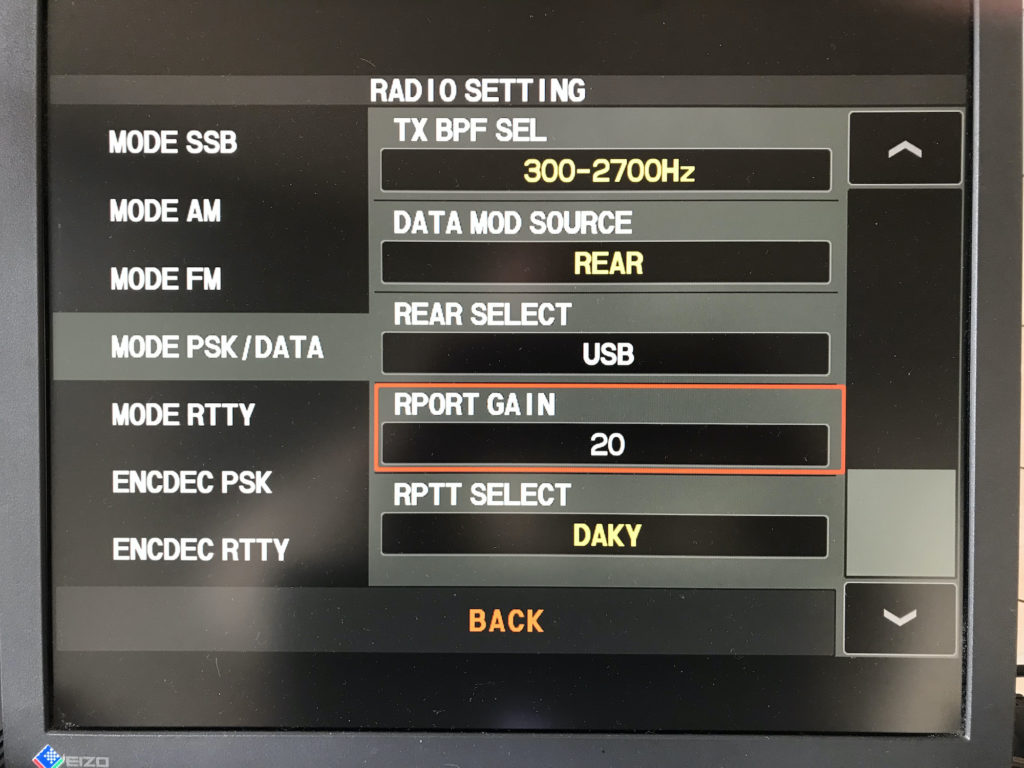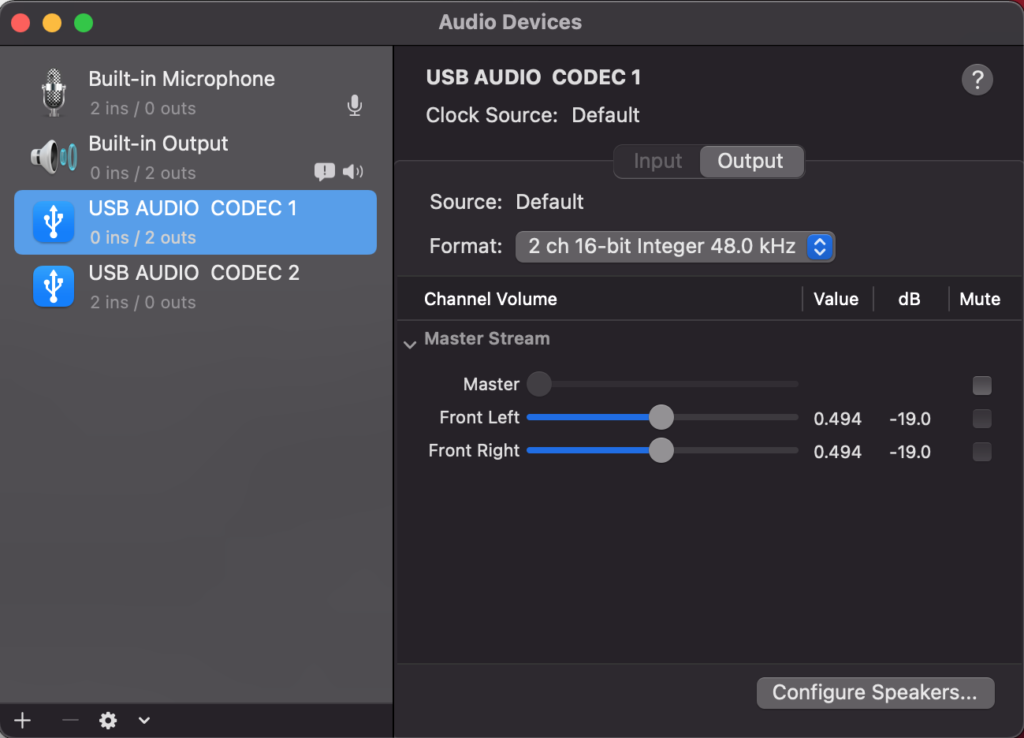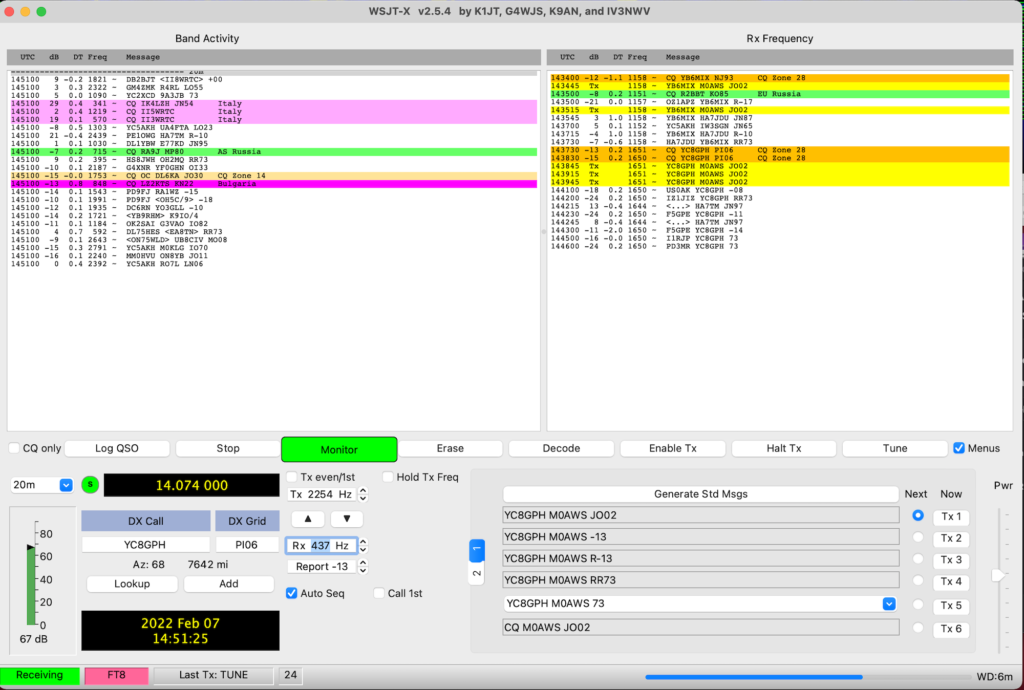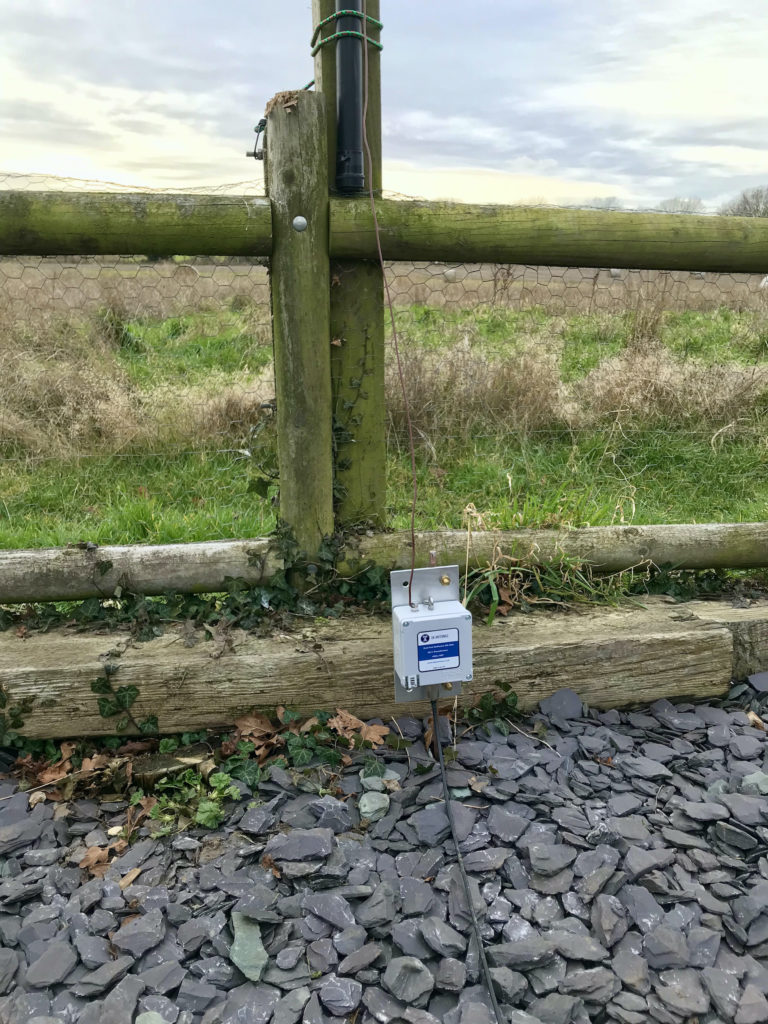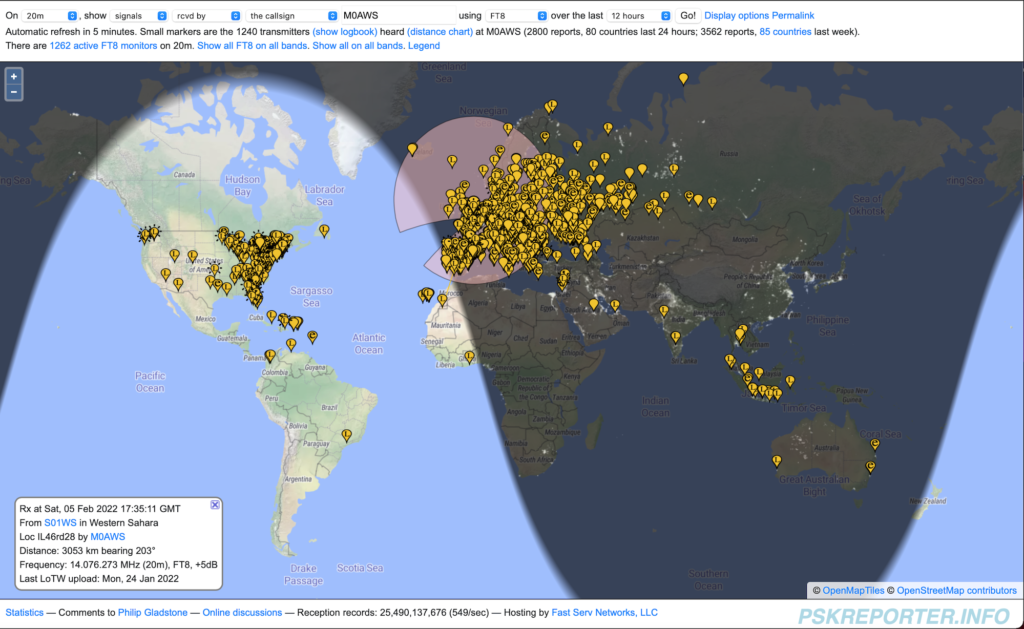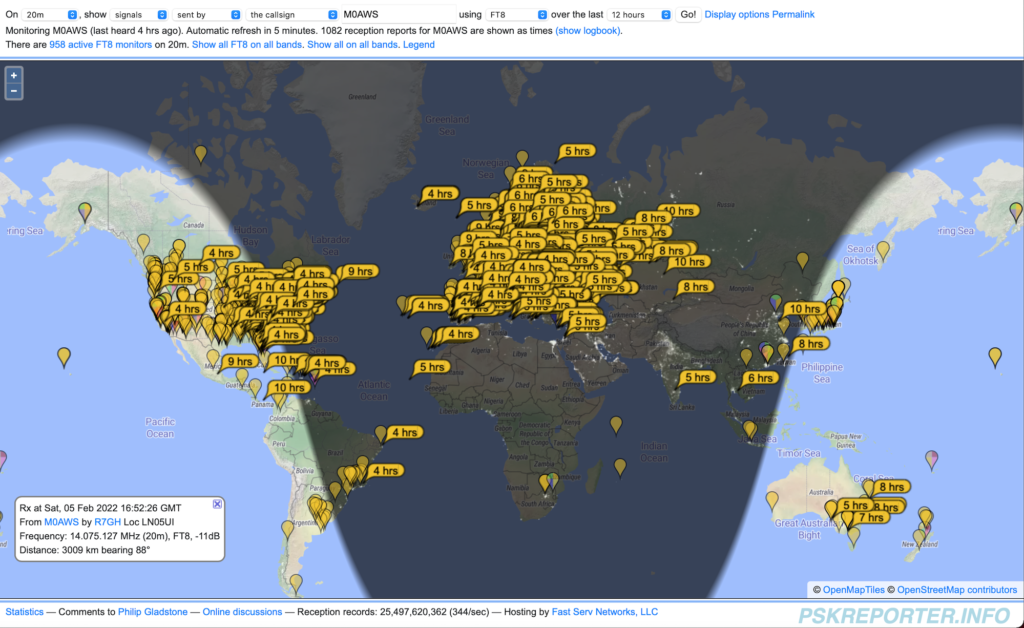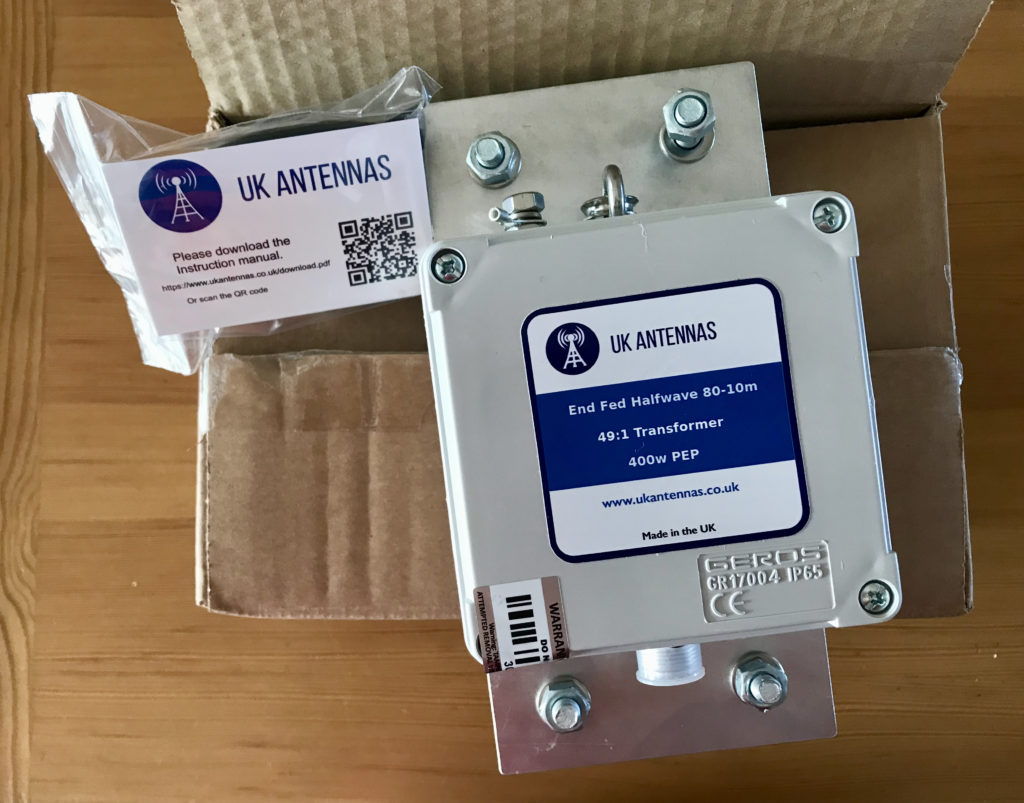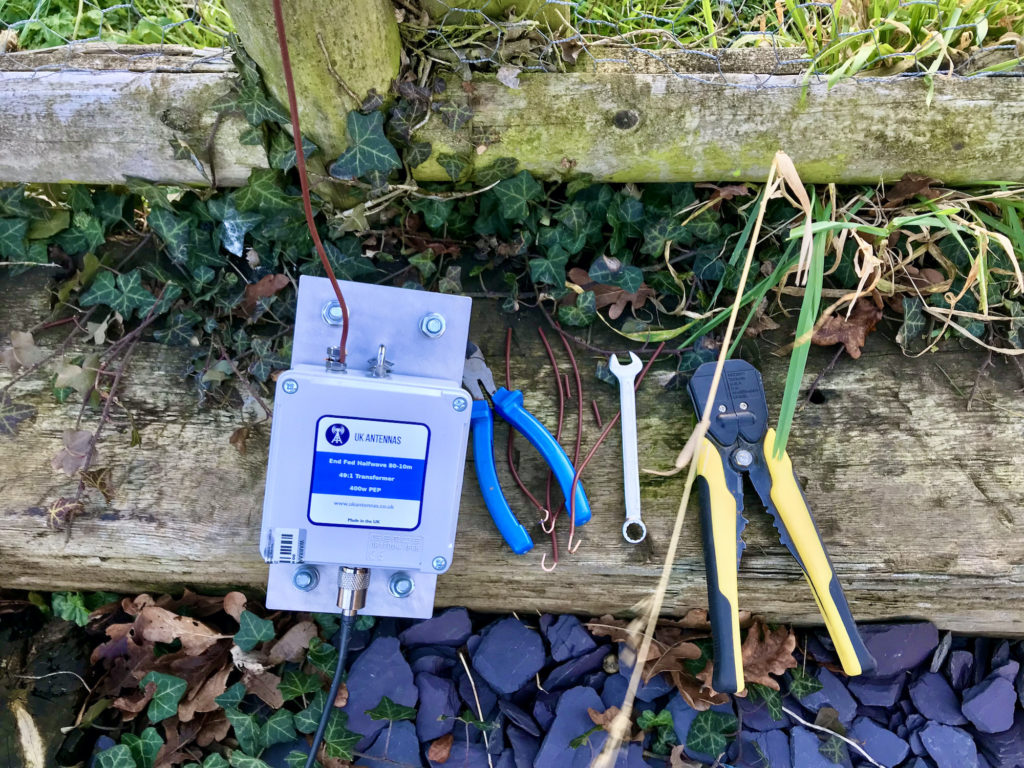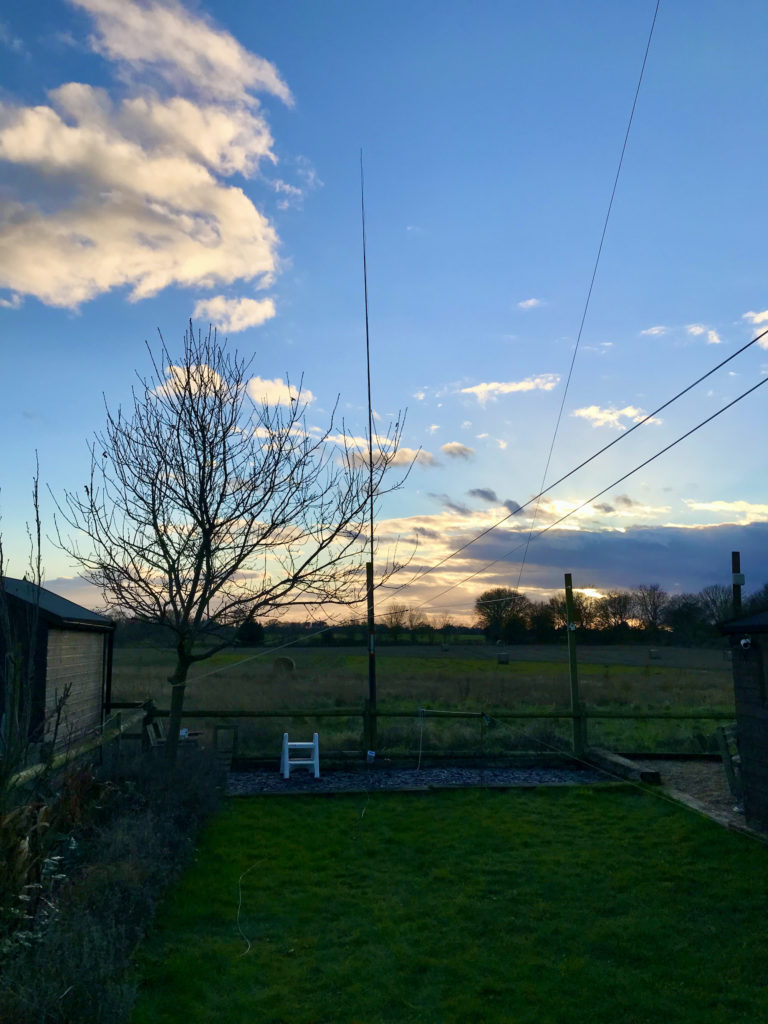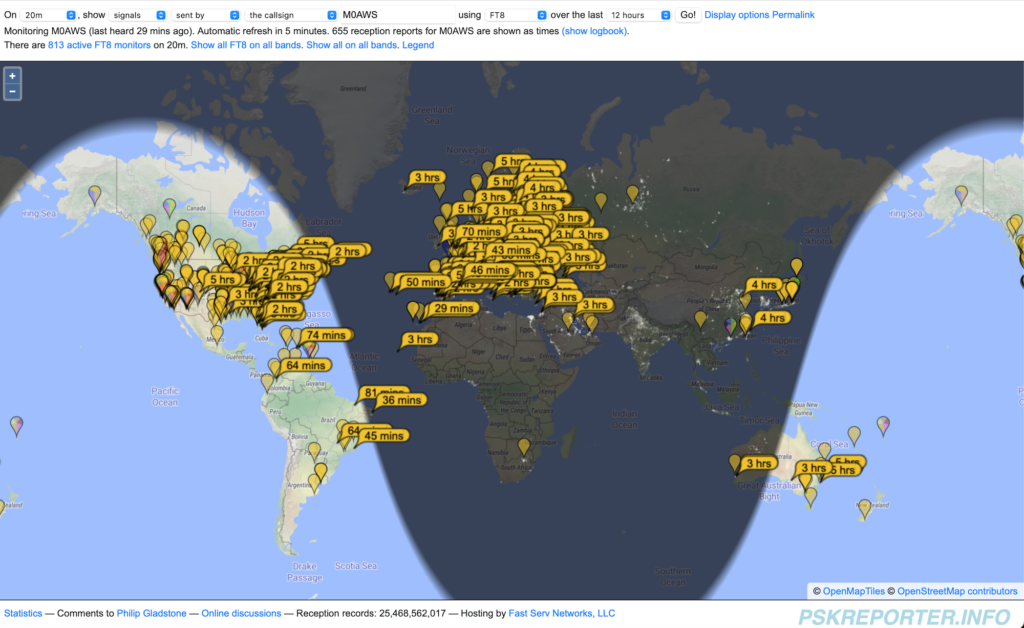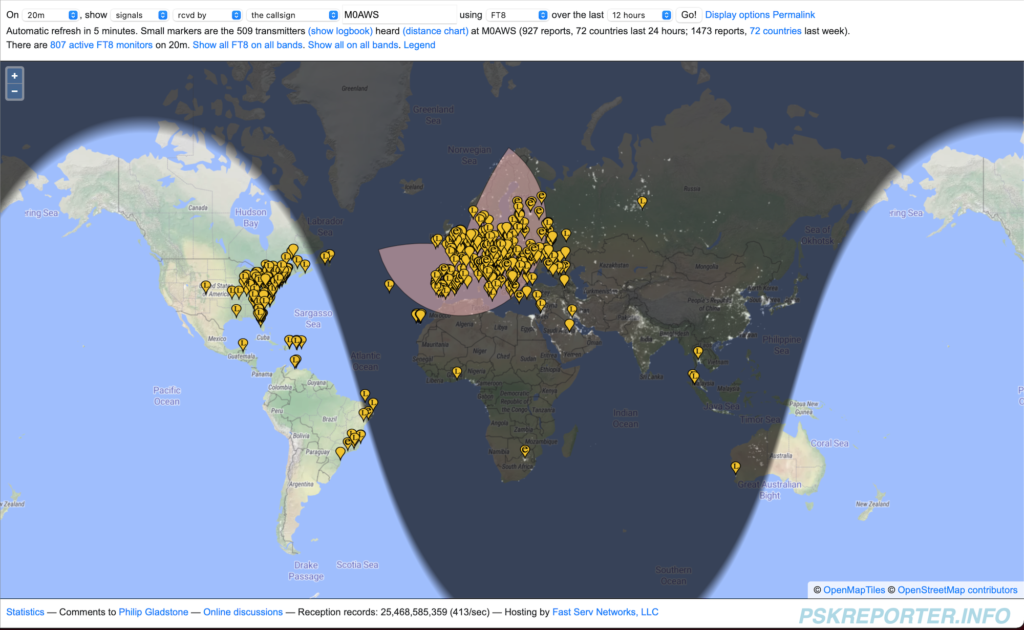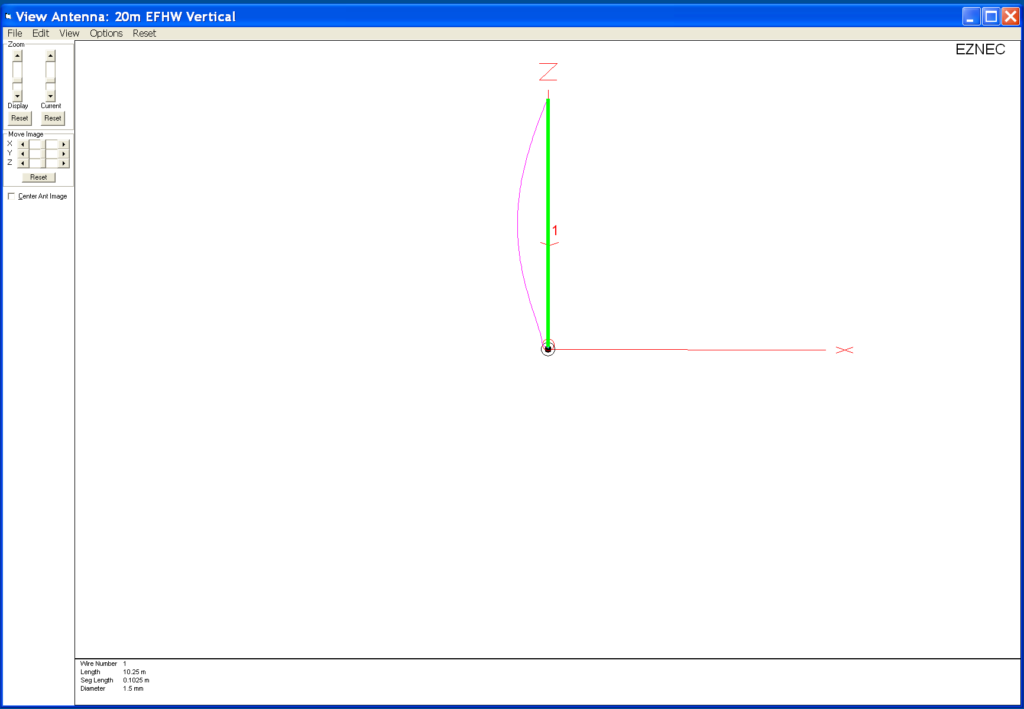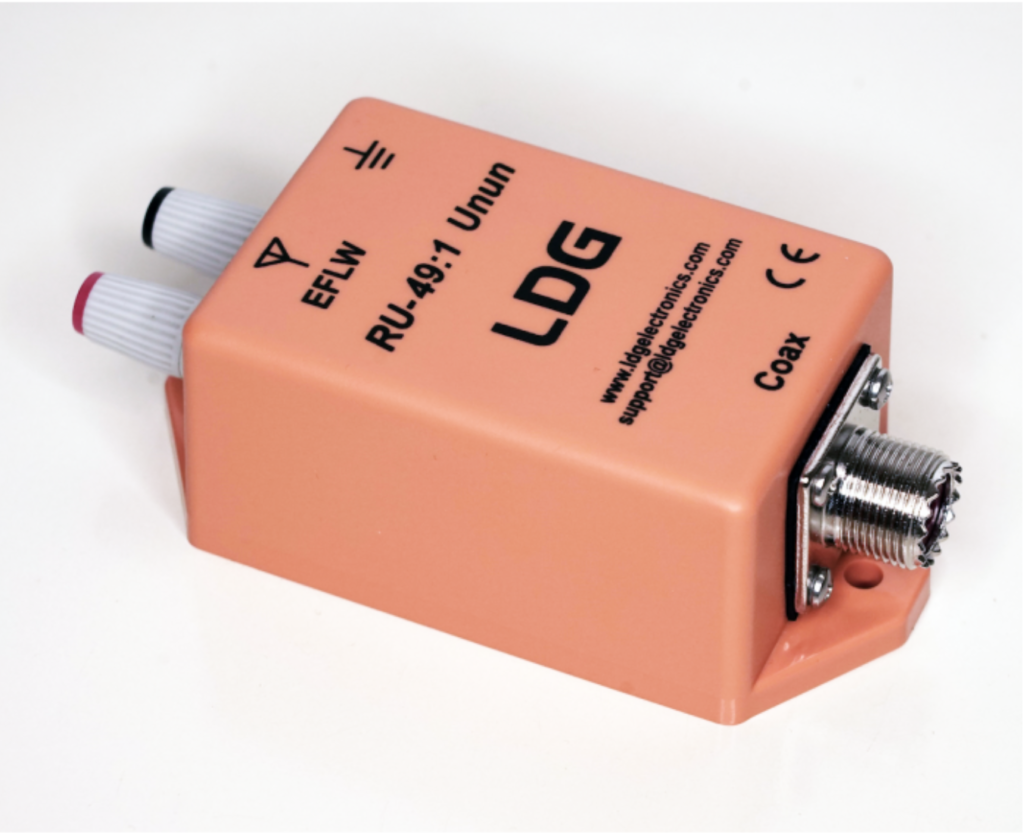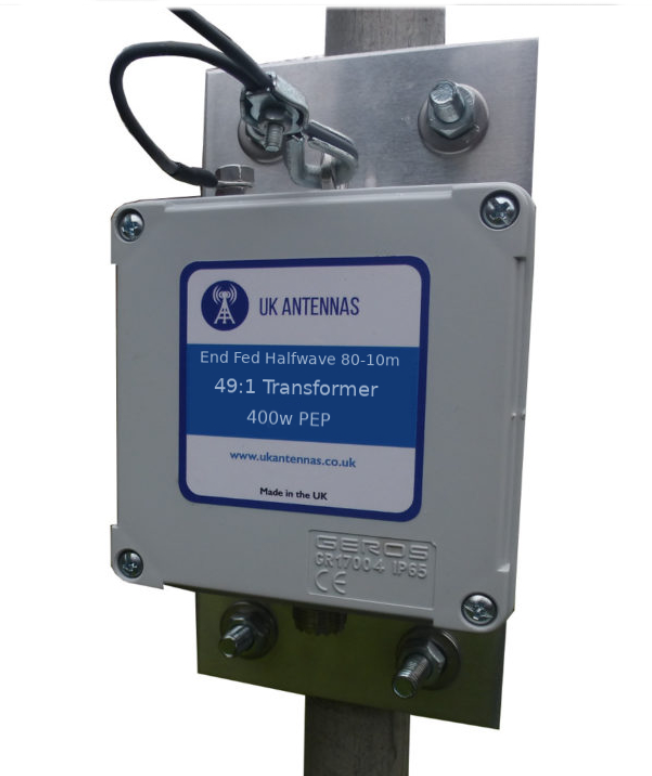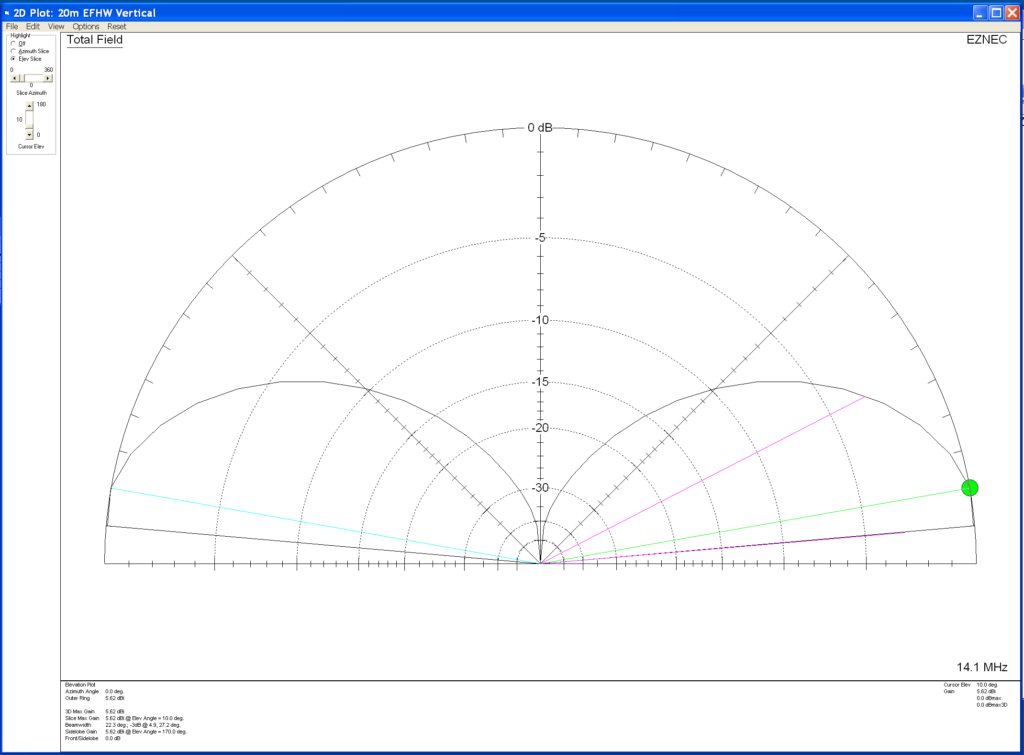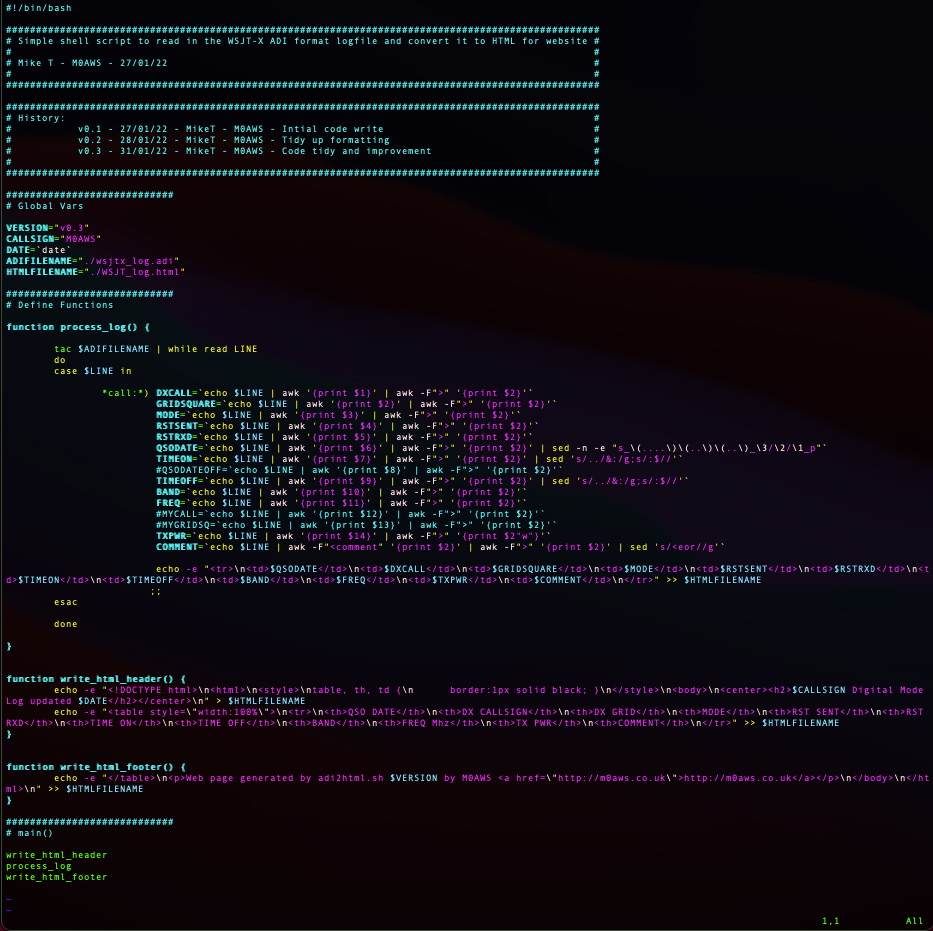The 4m band isn’t a band that I’ve ever used before. The main reason for this is that I’ve never had a radio that had 4m capability built in. Most HF rigs today come with the 6m band but, very few have the 4m band, that is until now.
Having recently purchased a Yaesu FTDX10 I now have access to the 4m band with a max power of 50w. (You do need to reset the radio into UK mode to get the 4m band)
From reading online I understand that the 4m band is very much like the 6m band propagation wise but, with fewer users. Since the 2m and 70cm bands are completely dead in the Woodbridge area I thought that perhaps there might be a few local HAMs on the 4m band.
Now having a transceiver for the band I needed to think about an antenna too.
Searching online I came across an article by G4AQB referencing a 4m band antenna built by Tim, G6TM. Both of these articles incorrectly refer to the antenna design as an EFHW for 4m, it is in fact a Sleeved Dipole or sometimes referred to as an End Fed Vertical Dipole for the 4m band. If it was an EFHW it would have a very high impedance and would need a 49:1 Unun to match it to 50 ohm coax.
Since this antenna is just a dipole it presents an almost perfect impedance match to 50 Ohm coax without the need for any matching circuit.
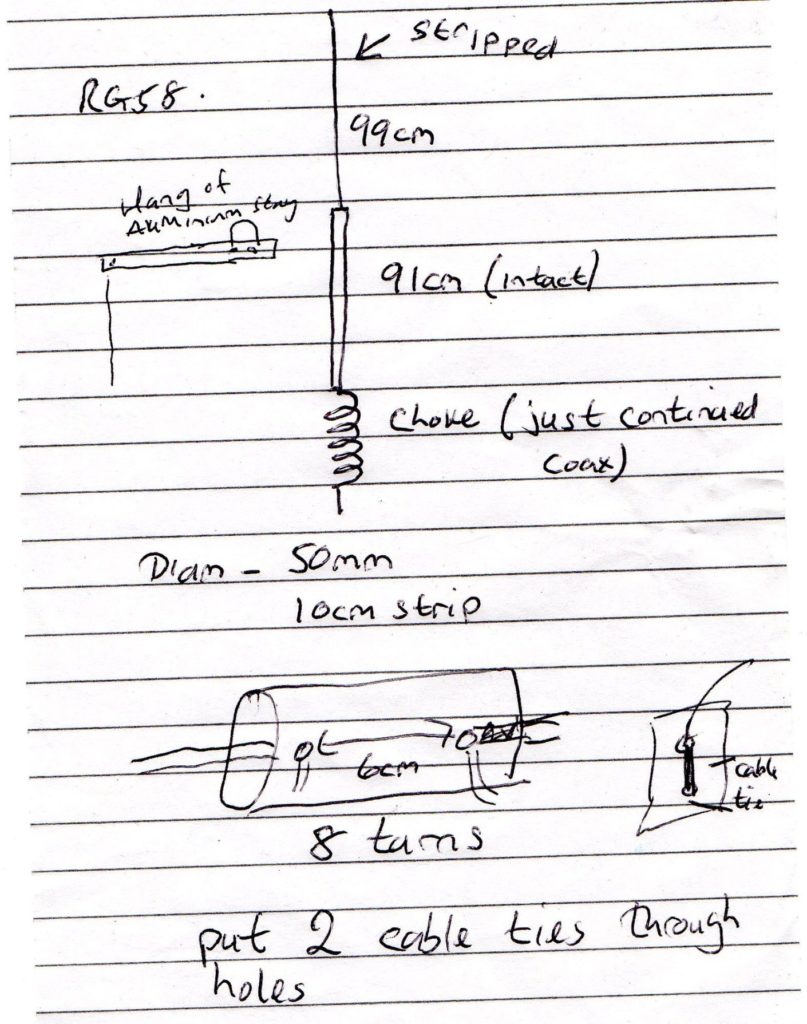
Working from G4AQB’s build notes as detailed on his blog it’s very quick and easy to cut the coax to the right length, strip part of the outer shield and create the choke using 8 turns of the same coax cable.
Since I wanted to make this a permanent fixture in the garden I decided to make an enclosure for the antenna so that it is weather proof and easy to mount.
Using a mix of 25mm conduit, 50mm plastic tubing, a screw cap and a reducer I put together a very tidy 4m band sleeved dipole vertical antenna.

Looking at the photo above you can see I used the 25mm conduit to house the sleeved dipole, I then used a reducer to join the 50mm tube to the 25mm conduit. Drilling two holes in the 50mm tube I brought the coax out and wound it 8 times around the tube to form the choke coil and then passed the coax back into the 50mm tubing so that it continued down to the SO239 socket on the bottom cap. I used some hot glue to hold the choke coil in place.

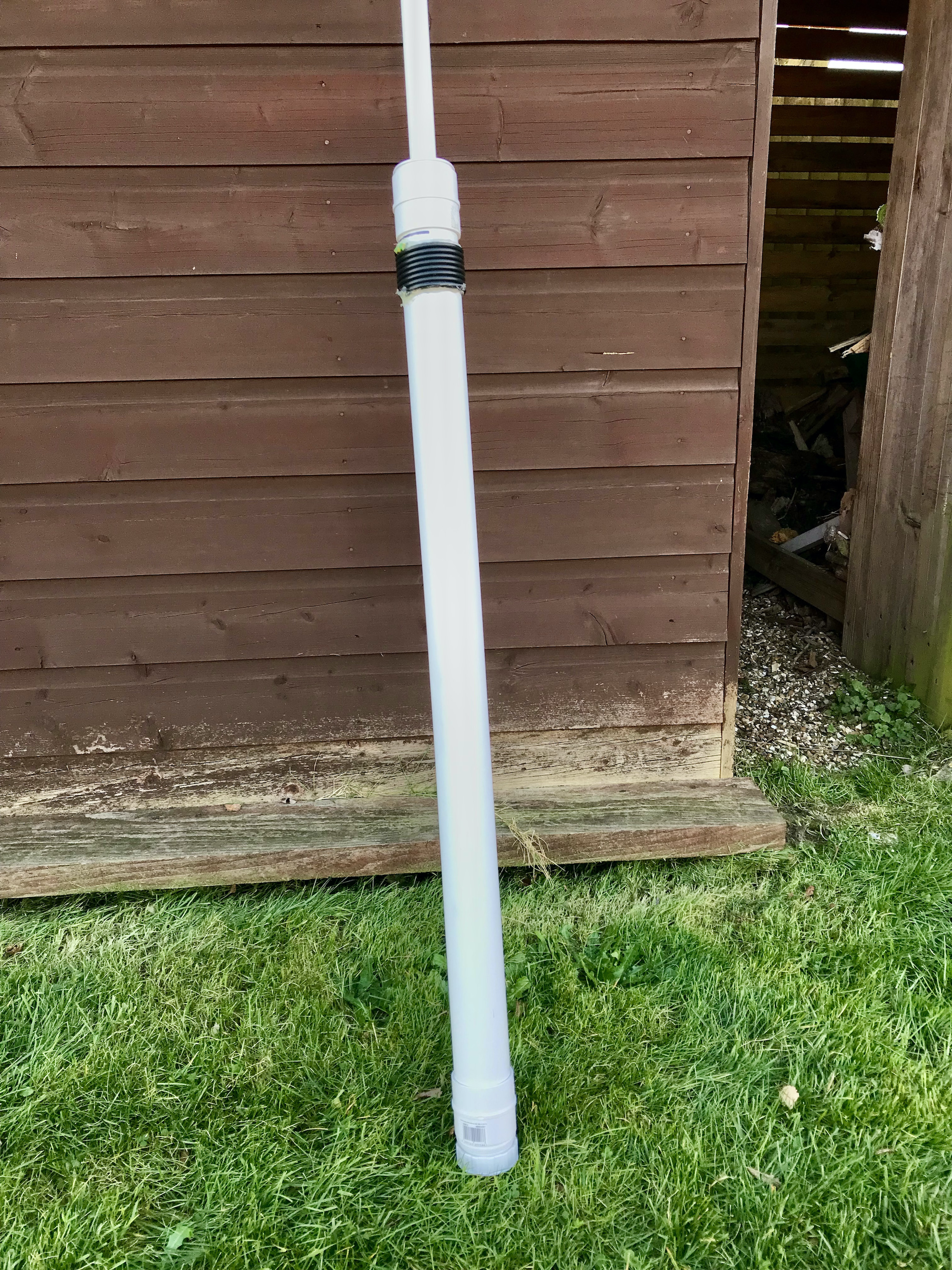

I strapped the antenna to the top of the washing line post to check the SWR and found it’s a perfect match. With an SWR of 1:1 at the bottom of the band and 1.1:1 at the top of the band.
Overall I’m really pleased with the simple design and build.
I listened to the 4m band for a few hours whilst doing other things and didn’t hear a single soul, I do hope it’s not dead like the 2m band!
More soon …

